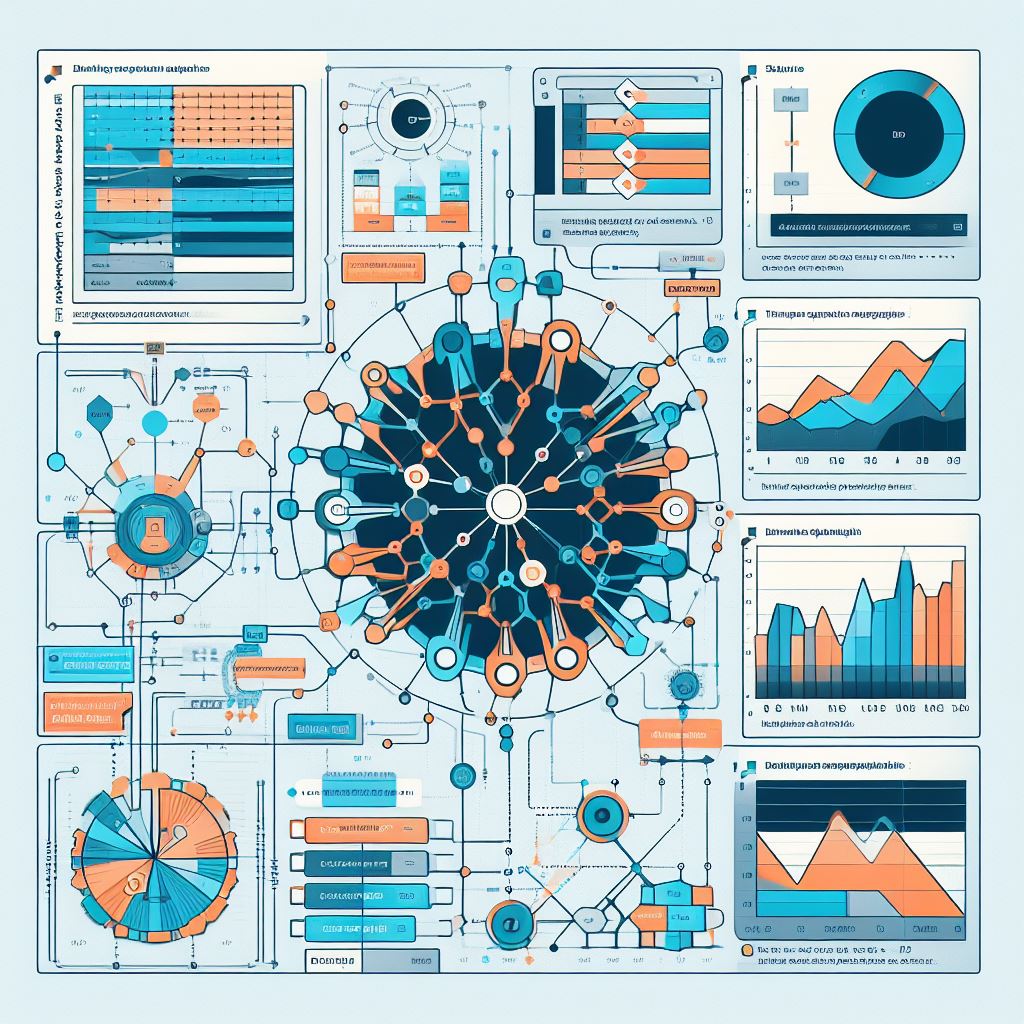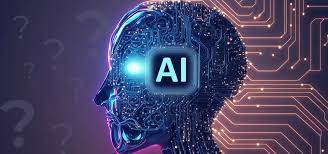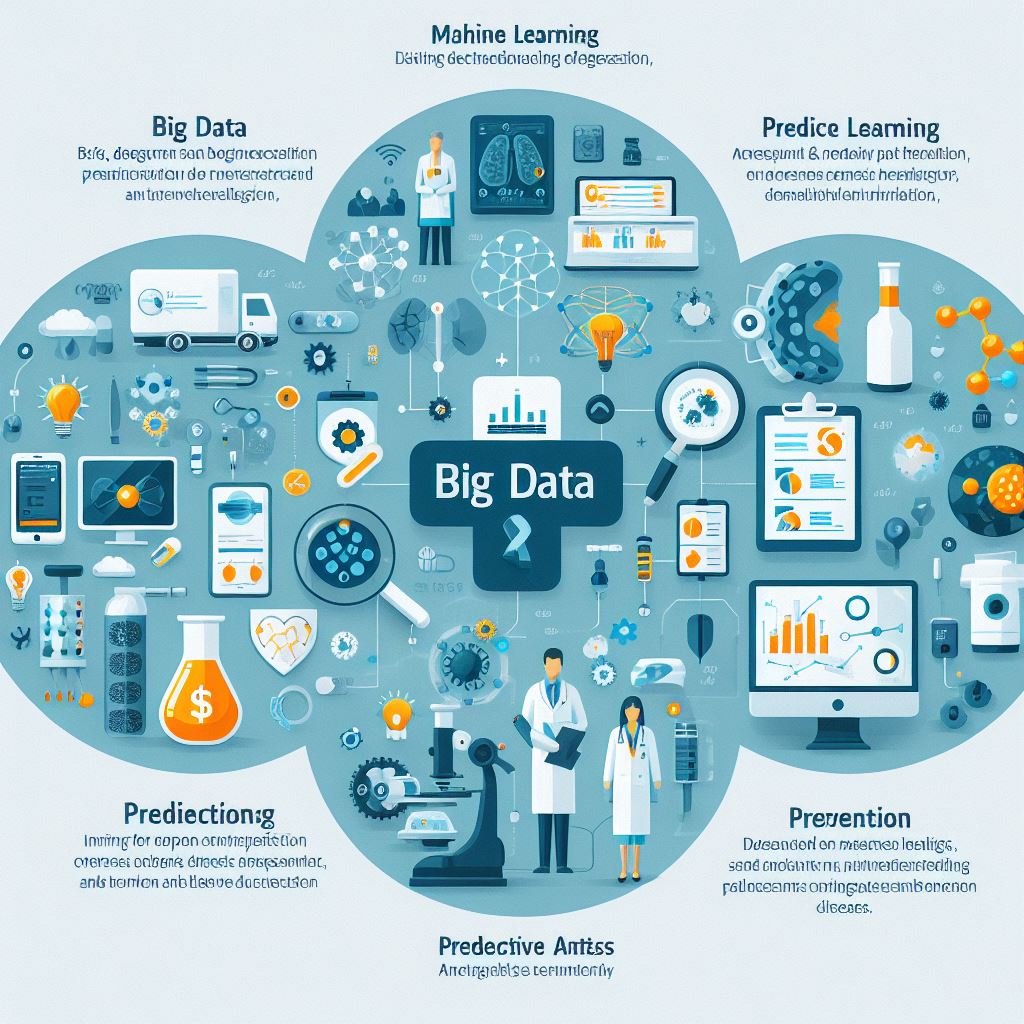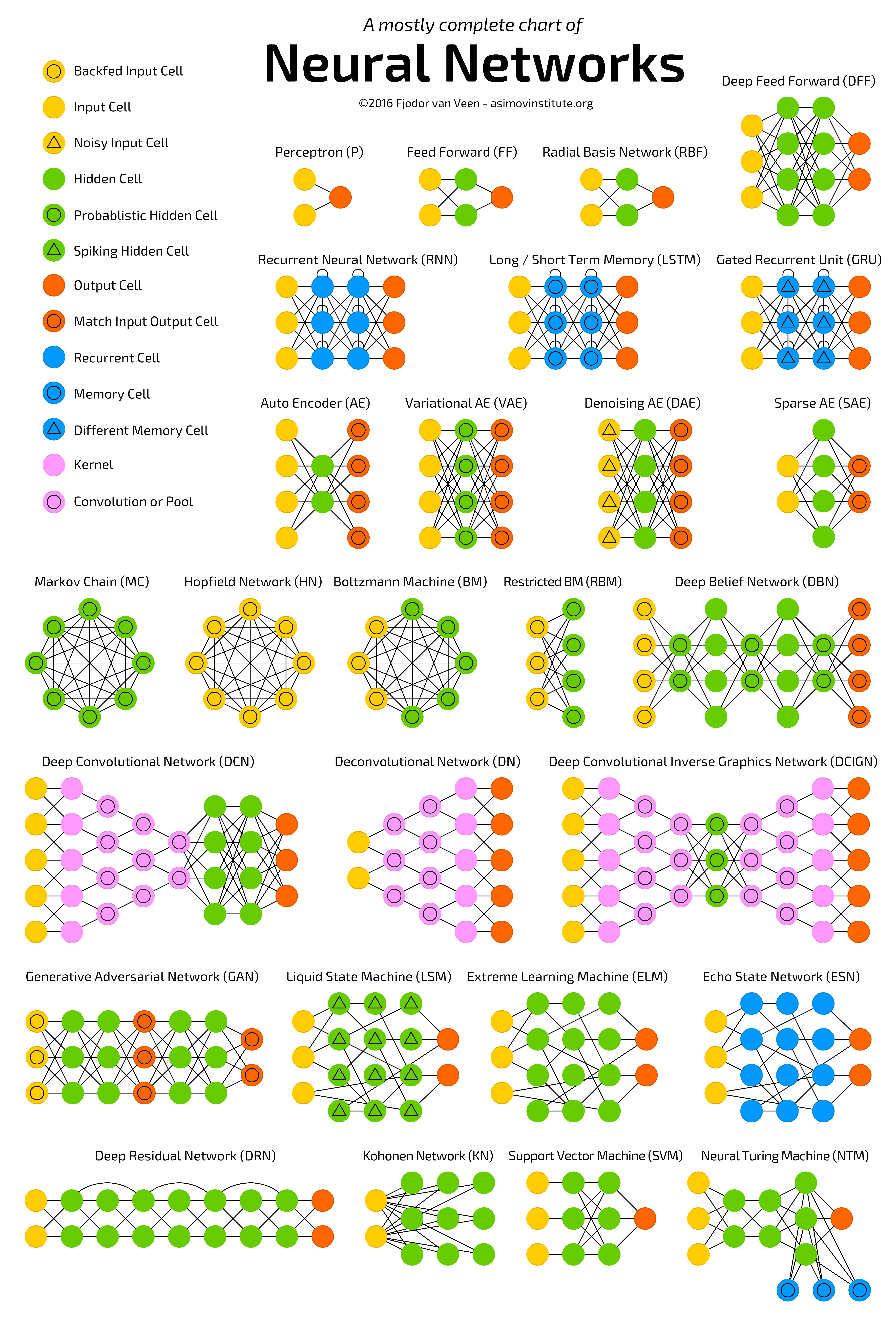
Understanding the intricacies of data structures in Python and algorithms is the key to efficient problem-solving. Bridging the gap between theory and application, this dynamic duo forms the backbone of computer science and powers the technology shaping our world. From search engines to social media platforms, they underpin the seamless functionality that we often take for granted.
In this article, we embark on a journey to unravel the complexities of data structures in Python and algorithms. We'll look at how they can help you optimize code, improve performance, and solve real-world problems. This exploration promises to illuminate the power and potential of these fundamental concepts. So back up and prepare to enter the fascinating world of data structures in Python and algorithms in Python, where innovation and problem-solving converge.
Data structures in python and Algorithms' Importance in Programming
Data structures in Python and algorithms are the bedrock of computer programming. They provide a systematic way of organizing and storing data to enable efficient access and modification. Algorithms, on the other hand, are step-by-step procedures for calculations and problem-solving. They form the backbone of any software system, allowing developers to create efficient and scalable solutions. Understanding data structures in Python and algorithms is crucial for writing code that not only works but performs optimally. It's the difference between a program that runs smoothly and one that struggles to keep up with the demands placed upon it.
When it comes to real-world applications, data structures in Python and algorithms are everywhere. From database management systems to artificial intelligence algorithms, their impact is far-reaching. The ability to efficiently process and analyse massive datasets in the age of big data and cloud computing demonstrates the power of well-designed data structures in Python and algorithms. Furthermore, in competitive programming and software engineering interviews, a strong understanding of these concepts can mean the difference between success and mediocrity. Hence, the importance of mastering data structures in Python and algorithms cannot be overstated.
Arrays, Linked Lists, Stacks, and Queues in Basic Data structures in python
At the core of data structures in Python lay the foundational building blocks that form the basis of more complex structures. A fundamental data structure, arrays, provides a contiguous block of memory for storing elements of the same type. This simplicity gives rise to their efficiency in accessing elements using indexing. Linked lists, on the other hand, offer dynamic memory allocation and flexibility, albeit at the cost of additional overhead. Stacks and queues, both linear data structures in Python, follow the principle of Last-In-First-Out (LIFO) and First-In-First-Out (FIFO) respectively, making them ideal for specific operations such as function call management and task scheduling.
Understanding these basic data structures in Python is essential for any aspiring programmer They not only provide information about memory management and data organization, but they also serve as the foundation for more advanced data structures in Python Mastery of searching and sorting algorithms provides developers with the tools, they need to optimize data access and manipulation, thereby increasing the overall efficiency of software systems. Moreover, these basic structures find applications in a myriad of real-world scenarios, from parsing and tokenization to resource allocation and job scheduling.
Advanced-Data structures in Python: Trees, Graphs, Hash Tables
Moving beyond the realm of linear data structures in Python, advanced data structures in Python offer a rich tapestry of possibilities for organizing and retrieving data. Trees, with their hierarchical structure, are widely used in database systems, file systems, and network routing algorithms. Their variants, such as binary search trees and balanced trees, enable efficient searching and sorting operations. Graphs, on the other hand, represent a network of interconnected nodes and edges, finding applications in social networks, transportation systems, and computer networks. Hash tables, leveraging the concept of hashing, provide constant-time average-case complexity for key-based operations, making them indispensable for efficient data retrieval.
Algorithms Overview: Searching and Sorting
Algorithms are the engines that drive the functionality of data structures in Python. They encompass a wide array of operations, from searching and sorting to pathfinding and optimization. Searching algorithms such as linear search and binary search are fundamental to locating specific elements within a dataset. On the other hand, sorting algorithms, including bubble sort, merge sort, and quick sort, enable organizing data in a predefined order, thereby facilitating efficient retrieval and analysis.
The significance of these algorithms cannot be overstated. They form the backbone of numerous applications, from e-commerce platforms that employ search algorithms to social media networks that rely on sorting algorithms for content delivery. Furthermore, the efficiency of these algorithms directly impacts the user experience, with faster search and retrieval times leading to improved performance and customer satisfaction. Mastery of searching and sorting algorithms equips developers with the tools to optimize data access and manipulation, thereby enhancing the overall efficiency of software systems.
Practical Applications of Data structures in python and Algorithms
Data structures in Python and algorithms have a wide range of real-world applications. From the efficient indexing of database records using B-trees to the recommendation engines powering e-commerce platforms, their impact is pervasive. Path-finding algorithms such as depth-first search and breadth-first search form the backbone of artificial intelligence, allowing autonomous agents to navigate complex environments. Moreover, in the domain of cyber security, cryptographic algorithms leverage advanced data structures in Python to ensure secure communication and data integrity.
Resources for Learning Data structures in python and Algorithms
For those embarking on the journey of mastering data structures in Python and algorithms, a wealth of resources is available. Best software institutes, best coaching centres, software training centres and Online platforms offer comprehensive courses covering the fundamentals of data structures in Python and algorithms. We are the best software institute in Vizag and in the field of interactive learning offer a platform for practising algorithmic problems and honing problem-solving skills.
Implementing Data structures in Python and Algorithms in Real-World Projects
The true test of mastery lies in the ability to apply data structures in Python and algorithms to real-world projects. The practical application of these concepts, whether it's optimizing the performance of a database system using advanced indexing techniques or implementing efficient sorting algorithms for large datasets, is where their true power shines. Open-source projects and best software institutes are the best places to apply theoretical knowledge.
By actively participating in real projects, developers can gain invaluable experience in navigating the complexities of integrating data structures in Python and algorithms into diverse applications
Conclusion and Future of Data structures in python and Algorithms
In conclusion, data structures in Python and algorithms form the cornerstone of modern software engineering. Their role in optimizing code, enhancing performance, and solving real-world challenges is undeniable. As technology continues to evolve, from the proliferation of data-driven applications to the rise of artificial intelligence, the demand for proficient understanding and application of data structures in Python programming and algorithms will only intensify.
As we look to the future, the integration to learn data structures in Python and algorithms in Python will continue to underpin groundbreaking innovations, from autonomous systems to decentralized networks. As such, the journey of mastering algorithms in Python and data structures in Python courses is not merely a pursuit of knowledge but a gateway to unlocking the limitless potential of innovation and problem-solving in the digital age in Python programming.
























































